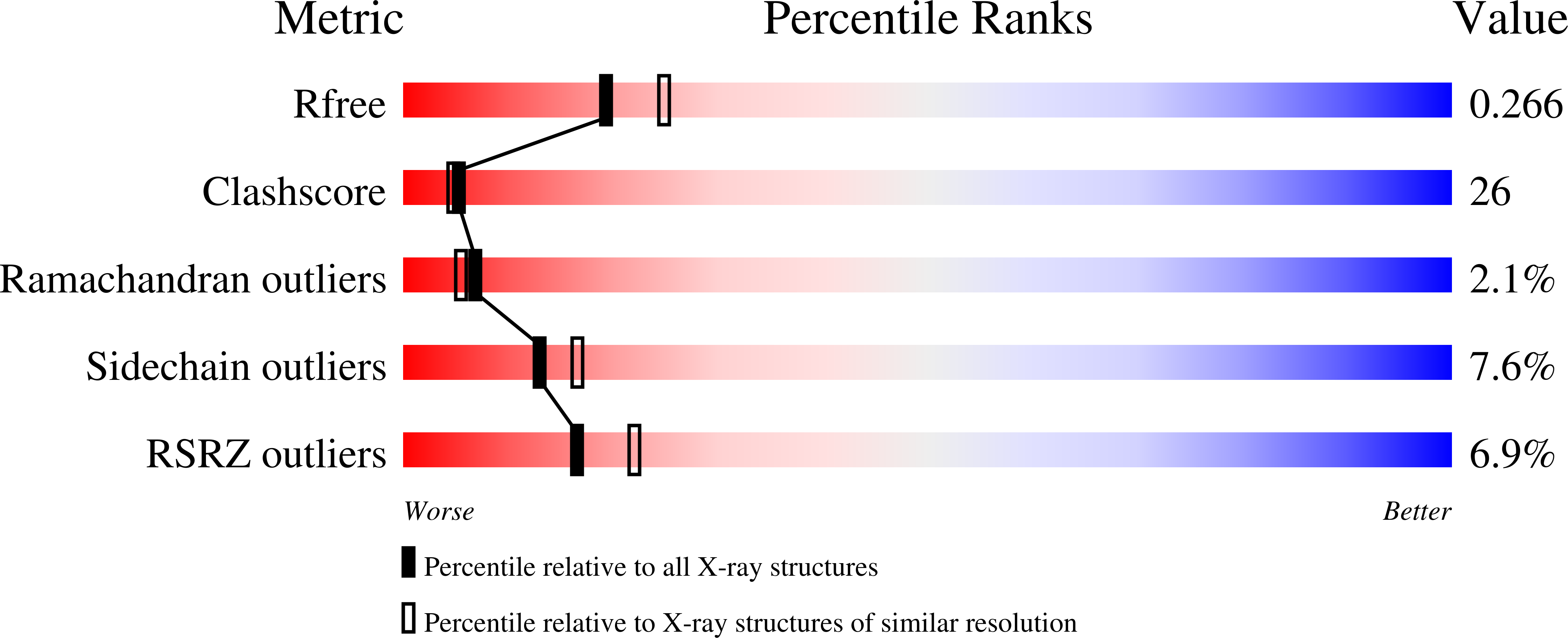
Deposition Date
2000-06-23
Release Date
2000-10-18
Last Version Date
2024-10-30
Entry Detail
PDB ID:
1F6W
Keywords:
Title:
STRUCTURE OF THE CATALYTIC DOMAIN OF HUMAN BILE SALT ACTIVATED LIPASE
Biological Source:
Source Organism:
Homo sapiens (Taxon ID: 9606)
Host Organism:
Method Details:
Experimental Method:
Resolution:
2.30 Å
R-Value Free:
0.26
R-Value Work:
0.21
R-Value Observed:
0.21
Space Group:
P 21 21 21


